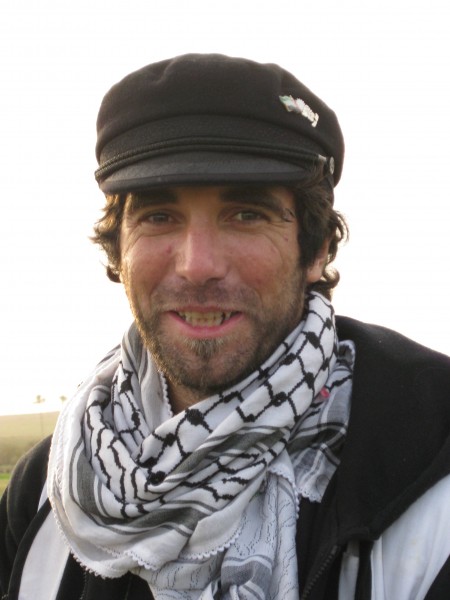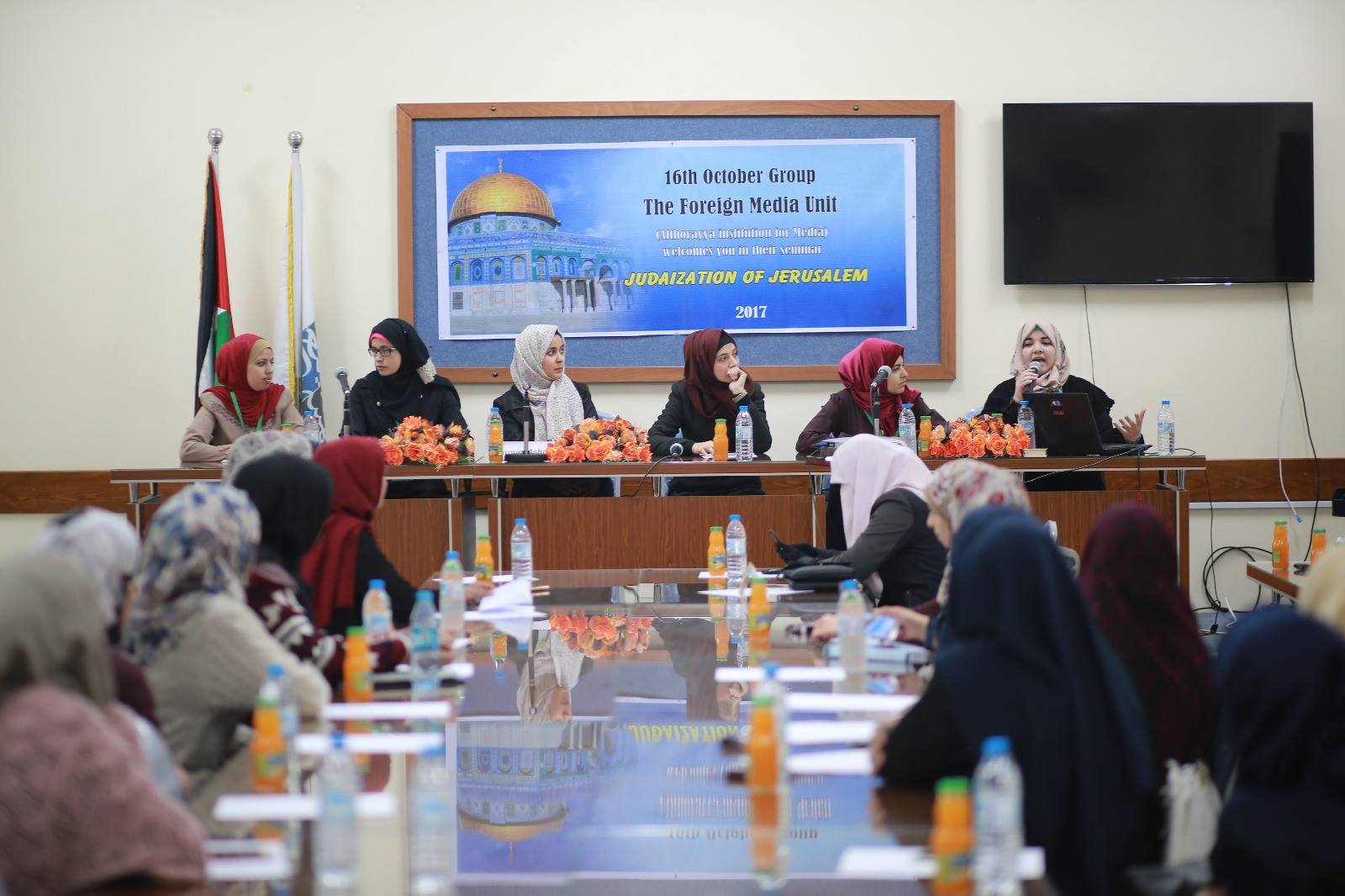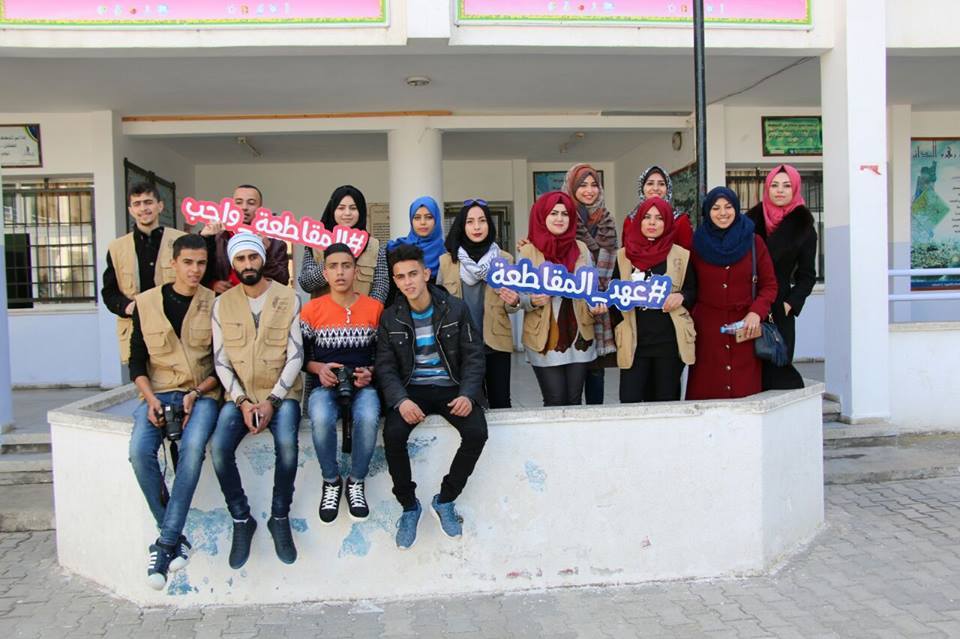Tag: Gaza Siege
-
Six year anniversary of the death of Vittorio Arrigoni
16th April 2017 | International Solidarity Movement, Ramallah Team | Gaza, occupied Palestine Today marks the 6th anniversary of the death of Vittorio Arrigoni, a journalist and an italian activist working with the International Solidarity Movement, in Gaza. Arrigoni first went to Gaza in 2008, on an activist-organised flotilla seeking to defy the Israeli blockade…
-
16th October Group helds a seminar about the judaization of Jerusalem
3rd March 2017 | International Solidarity Movement, Gaza team | Gaza, occupied 16th October Group (the foreign Media Unit in Athorayya association for Media ) held a seminar about the judaization of Jerusalem, on Monday 27 of February in Gaza city. the seminar aims at shedding the light on the suffering of the Jerusalemites and…
-
Awareness campaign to boycotting the Israeli occupation
23rd February 2017 | International Solidarity Movement, Gaza team | Gaza, occupied Palestine The Boycott campaign-Palestine PCB organized an awareness campaign for some Schools in Gaza City in order to raise awareness of the importance of Boycotting the occupation and supporting local products. A number of the boycott-campaign-Palestine activists took part in the campaign by…



